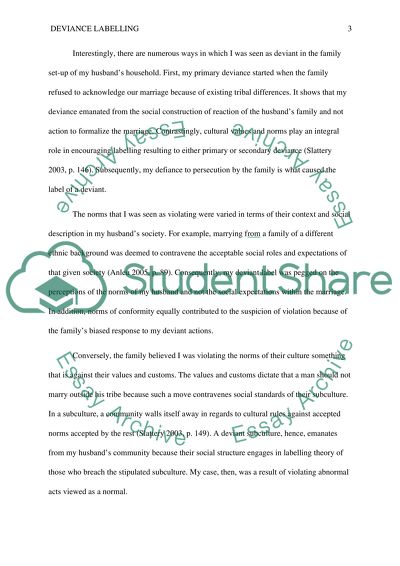Cite this document
(“Sociology of deviance labelling Essay Example | Topics and Well Written Essays - 2000 words”, n.d.)
Retrieved from https://studentshare.org/sociology/1676351-sociology-of-deviance-labelling
Retrieved from https://studentshare.org/sociology/1676351-sociology-of-deviance-labelling
(Sociology of Deviance Labelling Essay Example | Topics and Well Written Essays - 2000 Words)
https://studentshare.org/sociology/1676351-sociology-of-deviance-labelling.
https://studentshare.org/sociology/1676351-sociology-of-deviance-labelling.
“Sociology of Deviance Labelling Essay Example | Topics and Well Written Essays - 2000 Words”, n.d. https://studentshare.org/sociology/1676351-sociology-of-deviance-labelling.


